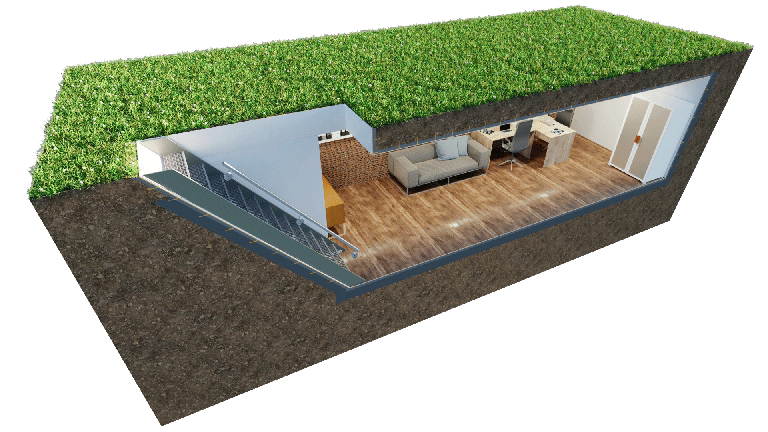The Process
Hot gas welding is a fabrication process for thermoplastic materials. The process, invented in the mid 20 th century, uses a stream of heated gas, usually air, to heat and melt both the thermoplastic substrate material and the thermoplastic welding rod. The substrate and the rod fuse to produce a weld to ensure welding takes place, adequate temperature and pressure must be applied to the rod, along with the use of the correct welding speed and gun position.
Welding parameters
There are four main welding parameters in the hot gas welding process:
- temperature
- pressure
- welding speed
- and gun position
The process is all manual so it is imperative, that we ensure all of our fabricators, are qualified and trained to a high level. We have a strict process, of checking each stage to guarantee that all four parameters, are correct and controlled. Temperature is the most important of the four parameters since the temperature at the interface between the rod and the substrate is not only controlled by the setting on the gun, but also by the gun travel speed and the gun position with respect to the substrate.
Typically, the temperature for welding is set between 80 and 100°C above the melting point of the material being welded. The gun travel speed is normally between 0.1 and 0.3m/min, again, depending upon the material being welded.
The welding pressure is applied via the toe of the welding nozzle and is achieved by holding the welding gun grip firmly and pushing down into the weld. For round nozzle welding, pressure is applied manually from the welding rod.
Plastic welding is an art form in itself. Hot air plastic welding and extrusion welding is a technique used to join thermoplastics and composites. The process involves using a welding machine, which heats and melts a plastic filler material, while simultaneously heating the base material to be welded. The pressurised molten filler plastic is extruded from the machine, onto the surface of the base material. The two molten plastics (the filler and the base material) are allowed to cool, to form a permanent bond.

